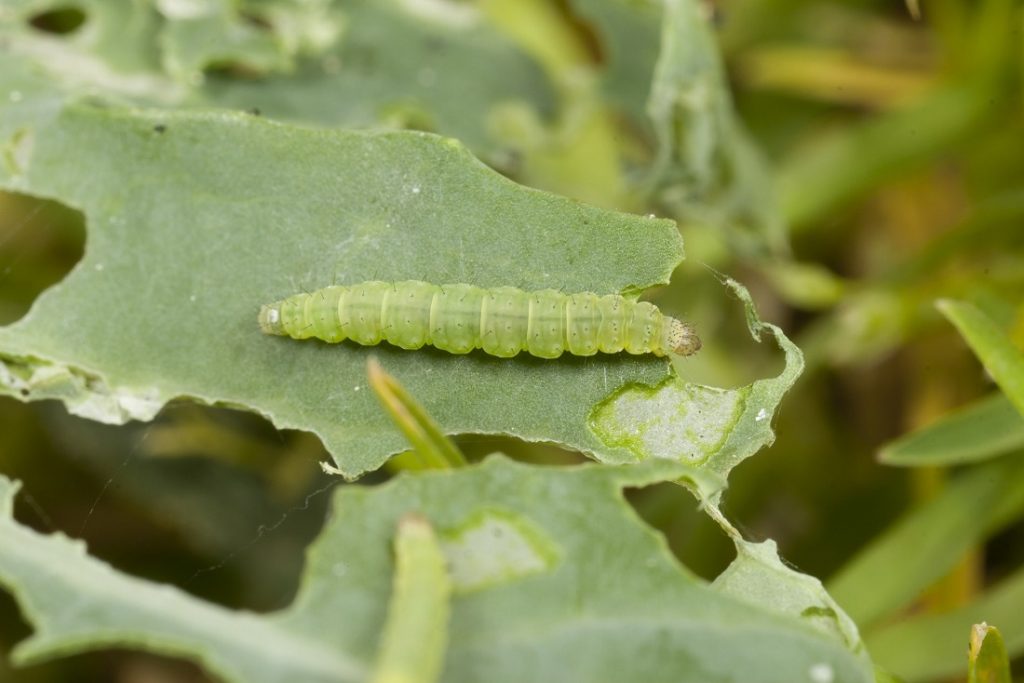
- This event has passed.
Modeling the impact of GM insect releases on resistance management and yields in GM crop fields | GES Colloquium
October 15, 2019 @ 12:00 pm - 1:00 pm

GES Colloquium Home | Fall 2019 MediaSite Live-Stream | YouTube Library (Past Colloquia)
Modeling the impact of GM insect releases on resistance management and yields in GM crop fields
Note: There will be no live-stream this week as the video will be embargoed until a later date.
Speakers: Michael Jones, Jennifer Baltzegar and Nicole Gutzmann, PhD Candidates, NC State
Abstract
Genetically modified (GM) crops with Bt insecticidal proteins are an effective and widely used agricultural pest management strategy. Managing insect resistance to these methods is crucial to preventing the loss of these key GM crop inputs. A novel proposed strategy combines the traditional planting of non-insecticidal refuge with releasing GM insects that are Bt-susceptible and have a repressible, female-specific lethal gene. Caged field trials where GM Diamondback Moth (Plutella xylostella) was released into populations of resistant moths on Bt broccoli appear successful.
Given this success, the trial authors questioned the potential redundancy of the long-time and legally-mandated practice of planting refuge to mitigate resistance. We extend previous work to combine genetic and economic models of GM insect releases in Bt crops and estimate the economic value of crop yield preserved over long-term time horizons. Our model suggests GM insect releases can support resistance management, though Bt and GM moths have substitutable and complementary effects on population control depending on the time horizon as well as refuge and release rates. GM insect releases generally reduce economically optimal refuge requirements, though refuge elimination is only optimal in limited circumstances. We also provide insight on optimal refuge-release combinations under varying (uncertain) biological and GM moth design parameters. Interestingly, the model suggests that growers and input supply actors may opt for different management strategies.